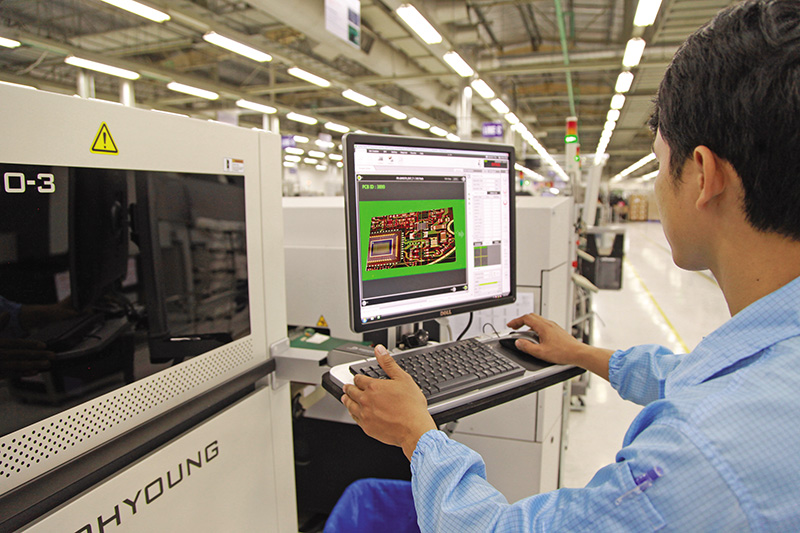 |
| Vietnam is stepping up efforts to attract foreign investment in the semiconductor sector, especially strategic projects. Photo : Le Toan |
A quantum leap in position on the semiconductor industry map
An important piece of information just shared by Deputy Minister of Finance Nguyen Duc Tam at the second meeting of the National Steering Committee on Semiconductor Industry Development is that Vietnam is gradually "participating more deeply in the semiconductor industry".
According to Deputy Minister Nguyen Duc Tam, there are currently more than 50 chip design enterprises nationwide with an estimated engineering force of about 7,000 people. In addition, there are about 15 enterprises with about 6,600 engineers and more than 10,000 technicians participating in the packaging and testing of chips and the production of semiconductor equipment and materials.
“Vietnam is starting to participate in high value-added stages such as manufacturing equipment, materials, semiconductor components, packaging, and testing semiconductor chips,” said Deputy Minister Nguyen Duc Tam.
Currently, a number of Vietnamese enterprises, such as Viettel, FPT, CMC ... are actively participating in the development of the semiconductor industry in Vietnam. Along with that are a series of foreign investors with large-scale projects, such as Intel, Amkor, HanaMicron ... Statistics show that Vietnam currently has about 170 foreign investment projects in the field of semiconductors and high technology, with a total registered capital of nearly 11.6 billion USD - an encouraging figure.
Not only that, an important mark is that recently, Nvidia and Qualcomm - the "big guys" in the semiconductor and AI industries of the US and the world - have also come to Vietnam to carry out large investment and business plans.
According to Deputy Minister Nguyen Duc Tam, Nvidia and Qualcomm's choice of Vietnam as a strategic base for production, research and development of AI and semiconductor chips is considered a "special and important achievement in the journey of deep integration into the global value chain of the Vietnamese semiconductor industry".
“This achievement has created a strong spillover effect, leading to a shift in supply chains with huge value to Vietnam, and at the same time a leap forward in Vietnam's position on the map of the global semiconductor and technology industry,” Deputy Minister Nguyen Duc Tam emphasized.
Meanwhile, Coherent - an American investor, one of the world's leading corporations in the field of materials, equipment and components serving the semiconductor and component industry - has just inaugurated a semiconductor component factory in Dong Nai, with a scale of 127 million USD.
“Coherent will make practical contributions, helping Vietnam become an important link, a semiconductor center in the future,” said Deputy Prime Minister Nguyen Chi Dung, when attending the inauguration of Coherent's factory.
Looking forward to strategic projects
The global semiconductor industry has continued to grow strongly in recent times. According to data from the US Semiconductor Industry Association, in 2024, the industry's revenue is expected to increase by about 20% compared to 2023 and in 2025, it is expected to increase by about 12%, bringing the total market value to about 700 billion USD.
It is estimated that the global semiconductor market will reach a size of 1,000 billion USD by 2030. To be able to "share" this 1,000 billion USD pie, Vietnam still has a lot to do, including how to speed up attracting foreign investment, especially large-scale, strategic projects.
 It is estimated that the global semiconductor market will reach a size of 1,000 billion USD by 2030. To be able to "share" this 1,000 billion USD pie, Vietnam still has a lot of work to do.
It is estimated that the global semiconductor market will reach a size of 1,000 billion USD by 2030. To be able to "share" this 1,000 billion USD pie, Vietnam still has a lot of work to do. 
In fact, in the past two years, although many foreign investors have expressed interest, not many large-scale investment projects have been finalized, except for the appearance of Nvidia and Qualcomm.
The positive news is that Amkor recently wanted to expand production to triple its current capacity, after raising the total investment capital of the factory to nearly 1.6 billion USD in the middle of last year. Another technology giant also plans to invest in a billion-dollar semiconductor project in Vietnam, but so far, there are no further details about the project. Most likely, this investor is waiting for more information about Vietnam's policy response, as well as the ability to meet the needs of land resources, especially energy and high-quality human resources.
Speaking at the meeting of the National Steering Committee on Semiconductor Industry Development, Prime Minister Pham Minh Chinh, Head of the Steering Committee, emphasized the need to continue to promote attracting foreign investment in the semiconductor sector, prioritizing projects with advanced technology, new technology, high technology, clean technology, modern management, high added value, spillover effects, and connection to the global production and supply chain.
Regarding this issue, recently, Deputy Prime Minister Nguyen Chi Dung chaired a meeting on reviewing and promoting foreign investment projects of Korean enterprises in strategic sectors in Vietnam such as semiconductors and energy. This is one of the positive moves to attract more large-scale projects in this sector in Vietnam.
Under the direction of Deputy Prime Minister Nguyen Chi Dung, for issues under the authority of ministries, branches and localities, investment "bottlenecks" must be quickly removed, creating conditions for businesses to effectively implement projects.
The biggest “bottleneck” for the semiconductor industry today is that these projects often have high energy demands. Moreover, what investors are looking for are special incentive mechanisms and policies, while currently, although some policies have been issued, they still need to wait for their effectiveness. Not to mention, in the current context, the US imposition of reciprocal tariffs may also affect the investment decisions of the “big guys” in the semiconductor industry.
Source: https://baodautu.vn/cho-du-an-chien-luoc-dau-tu-vao-nganh-ban-dan-d350130.html



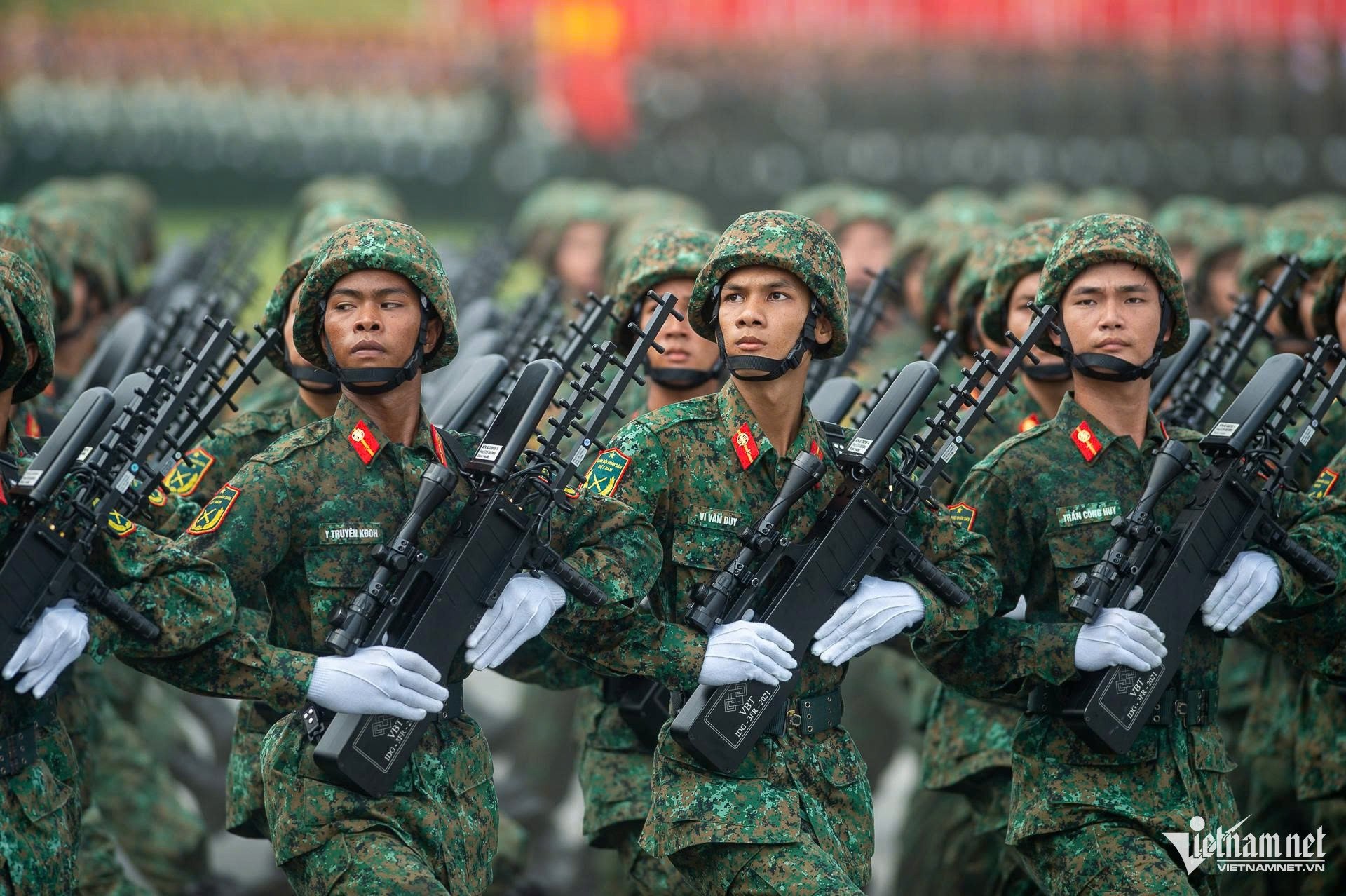


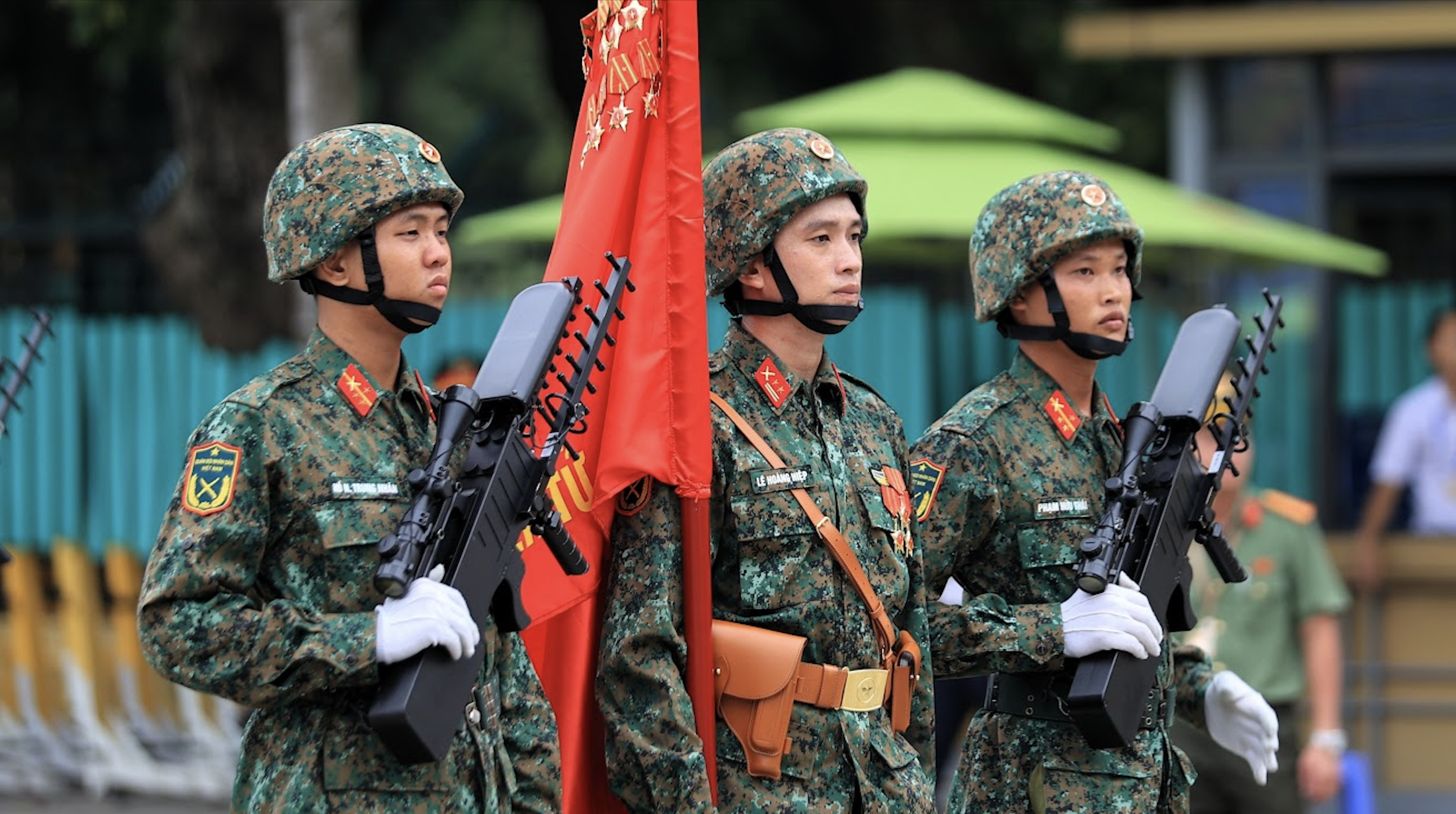


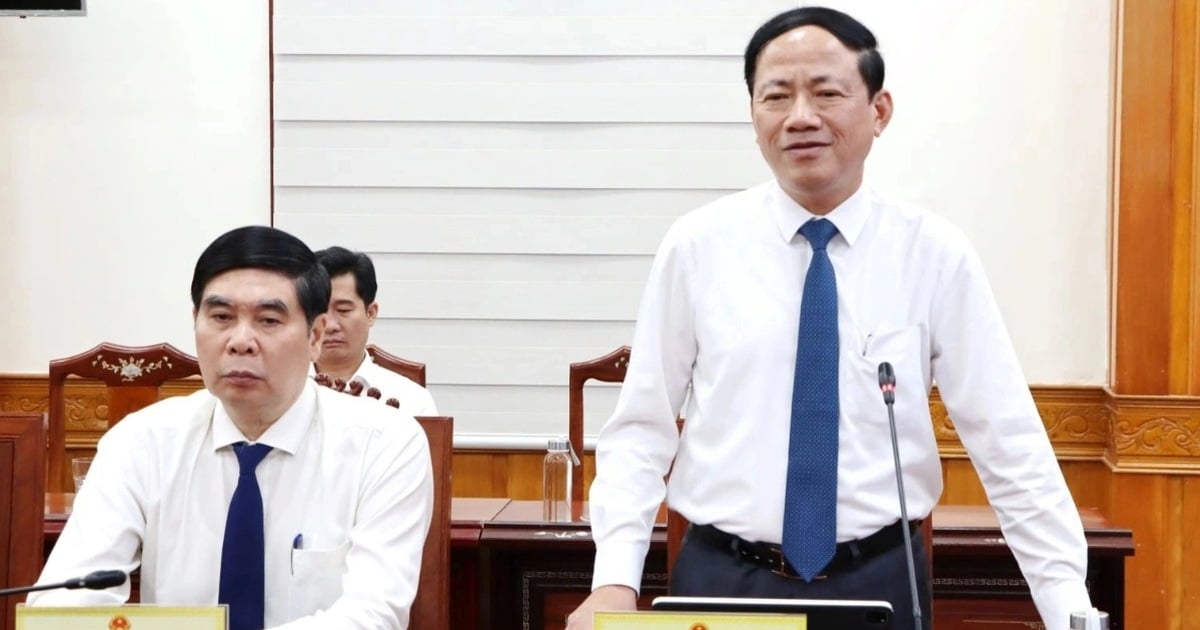

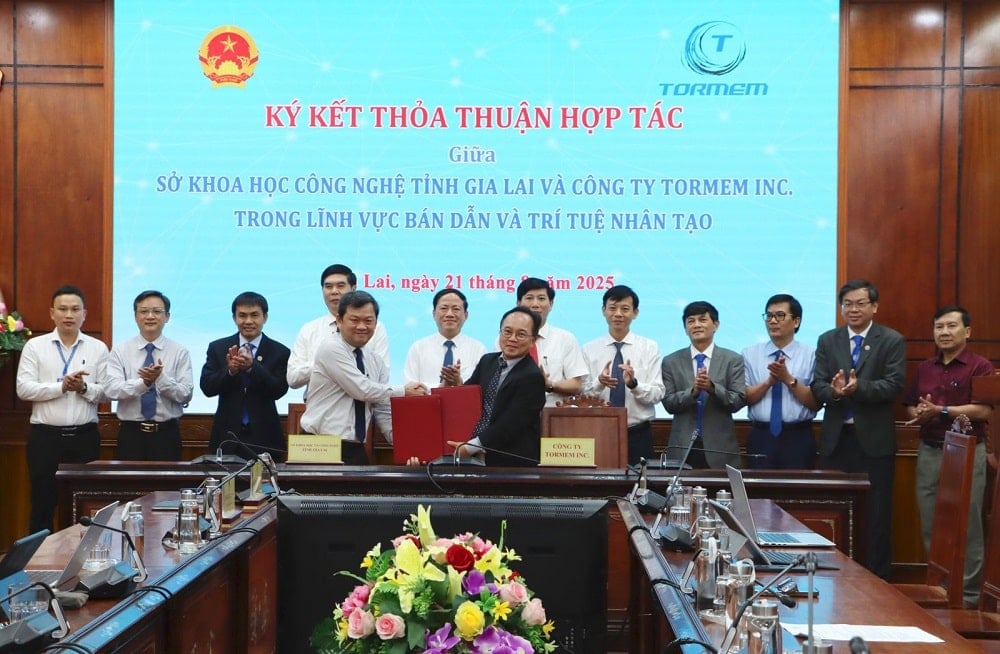
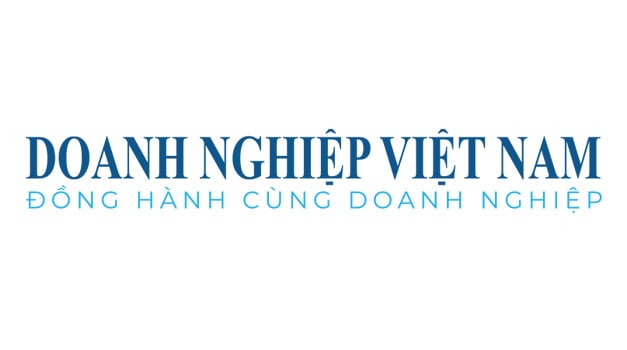
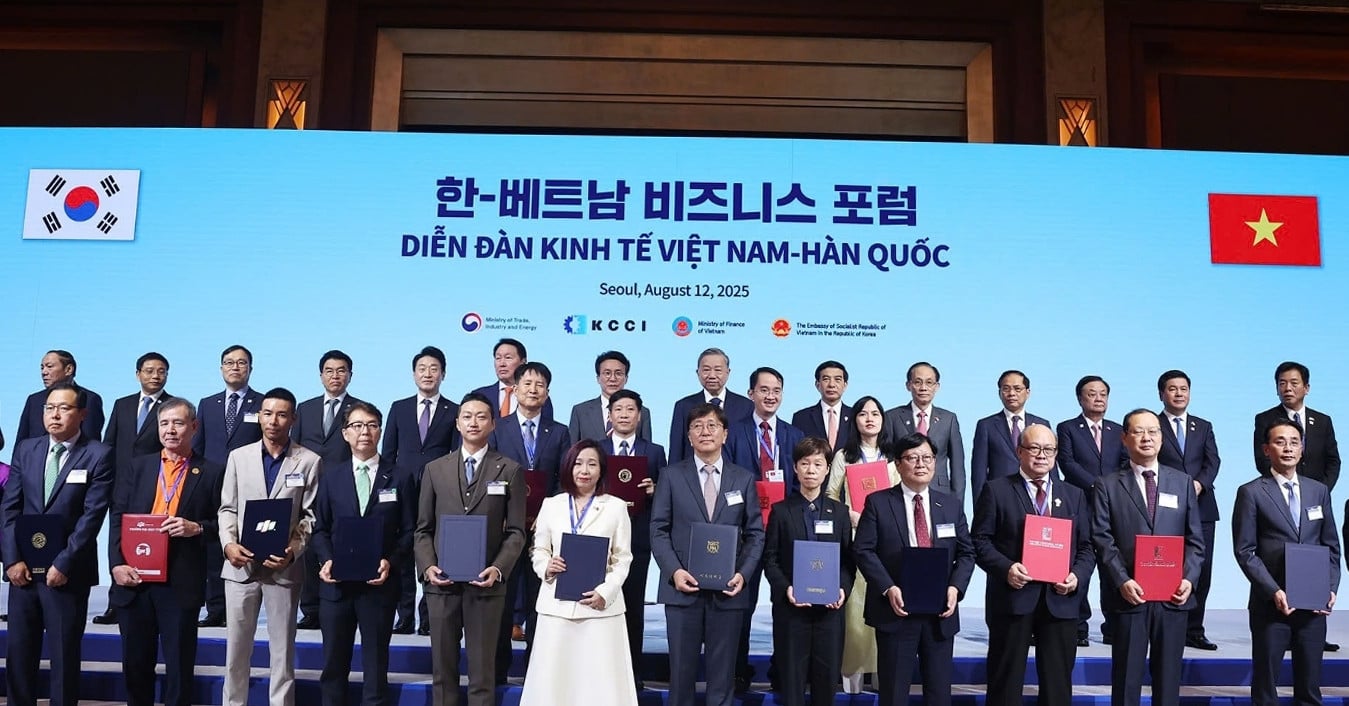

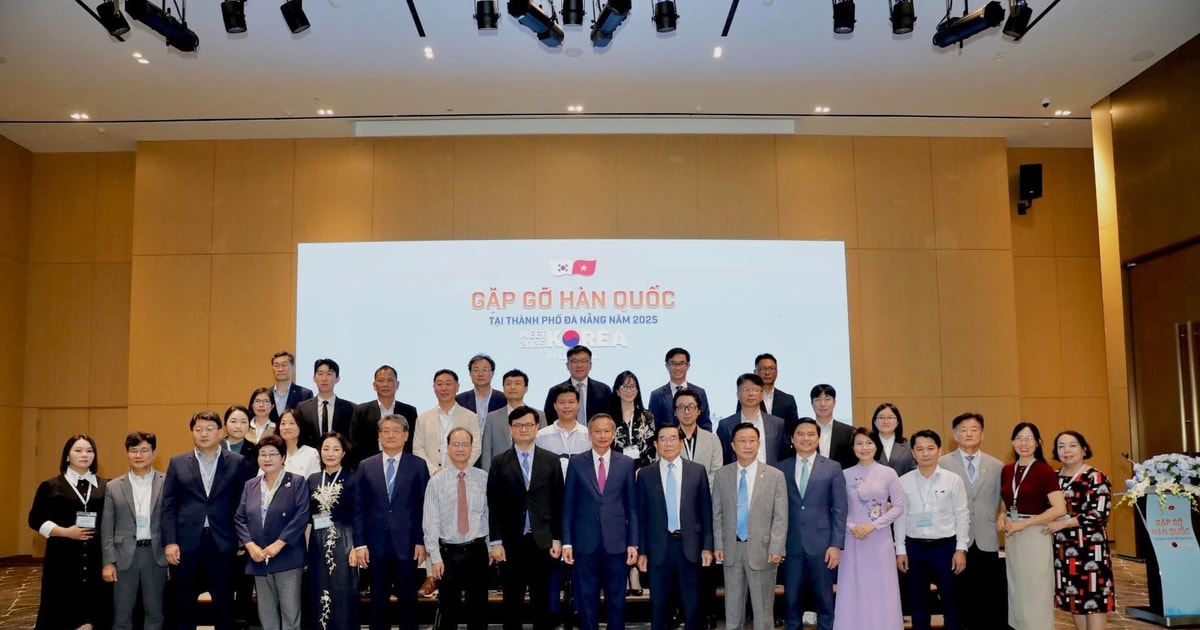

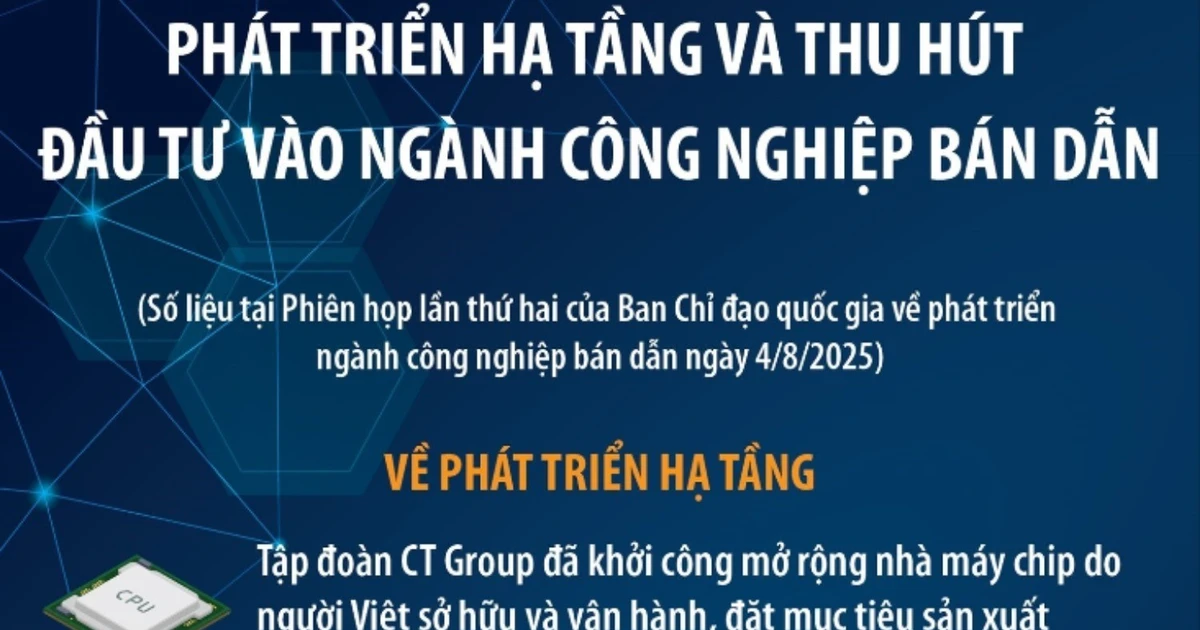

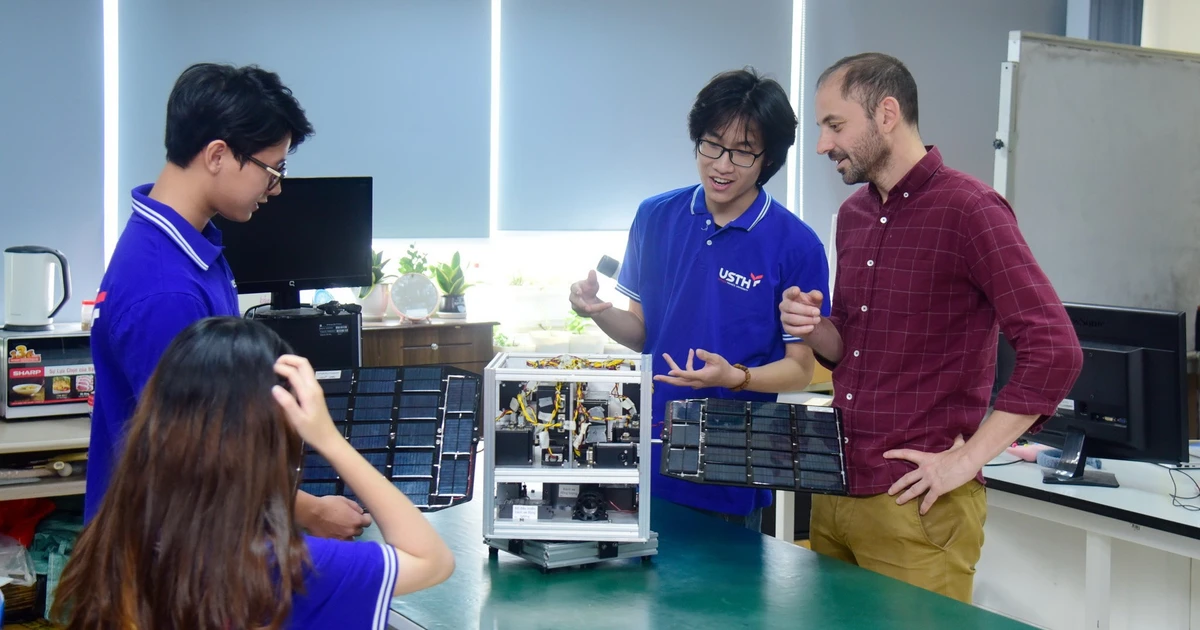

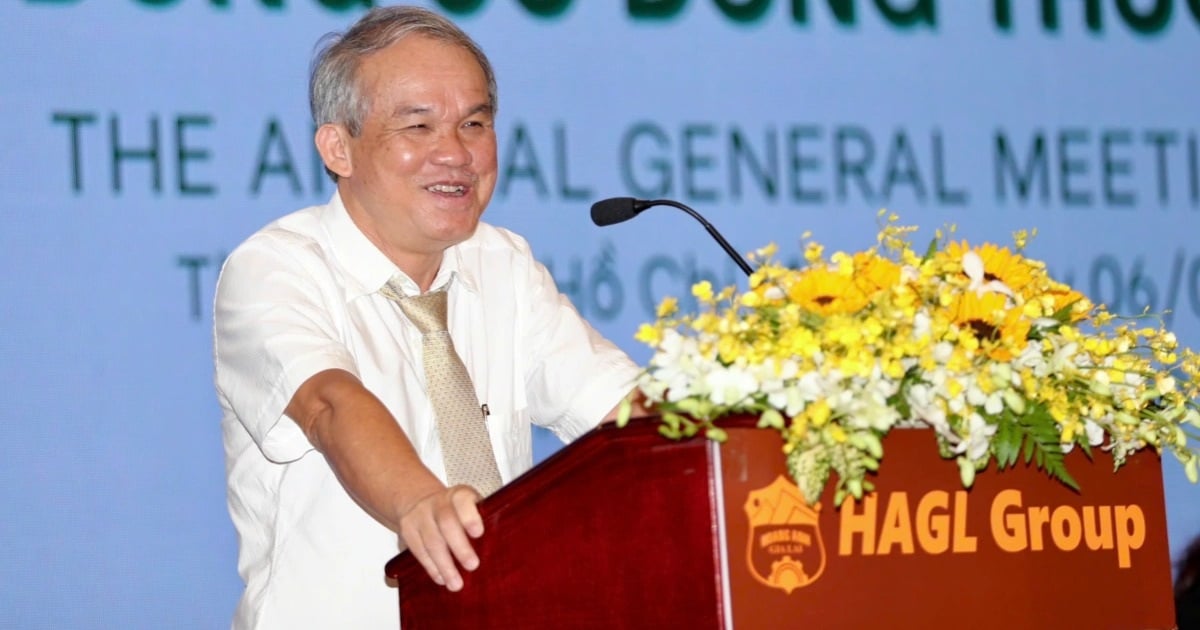
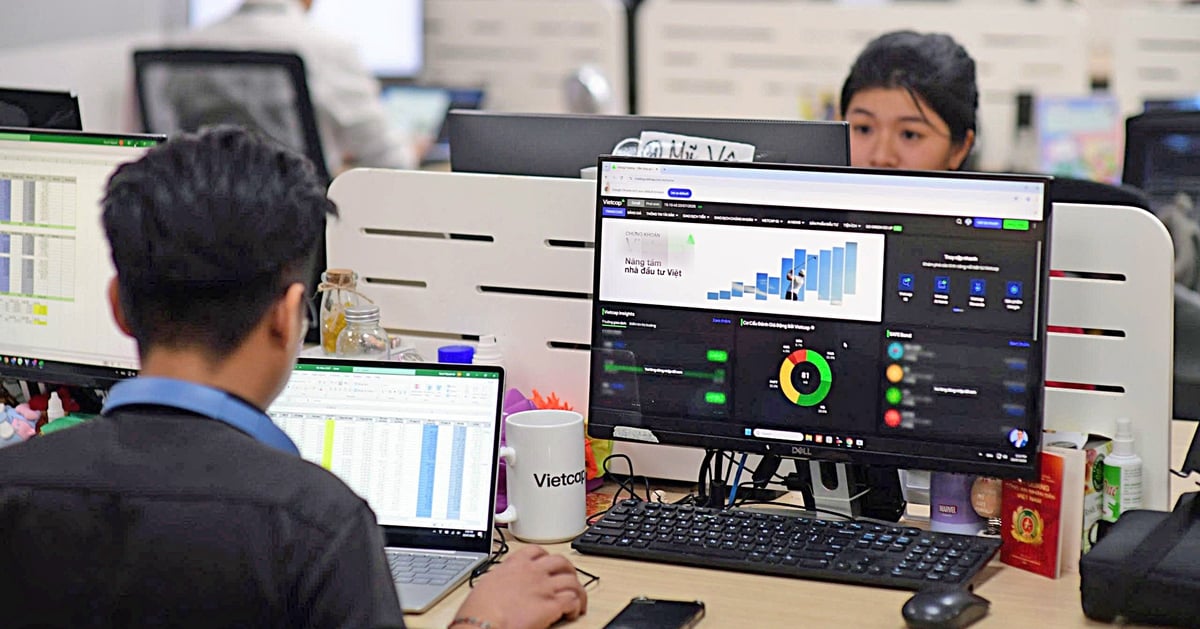

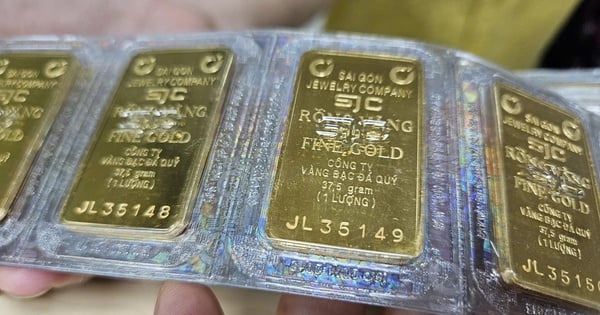

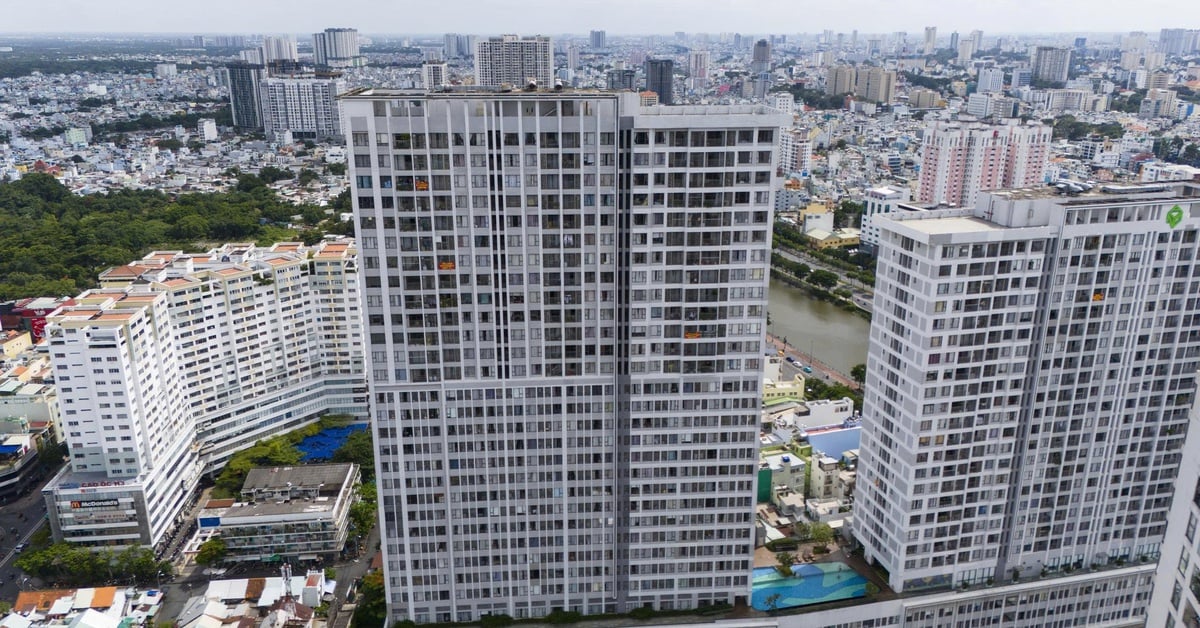
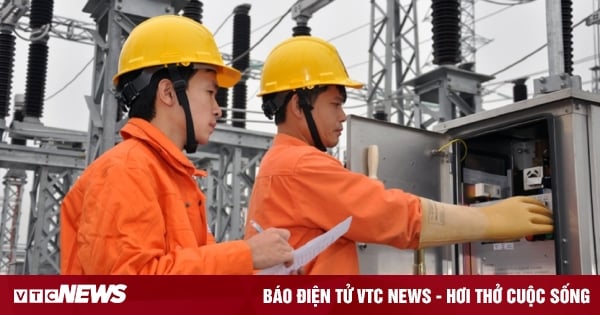





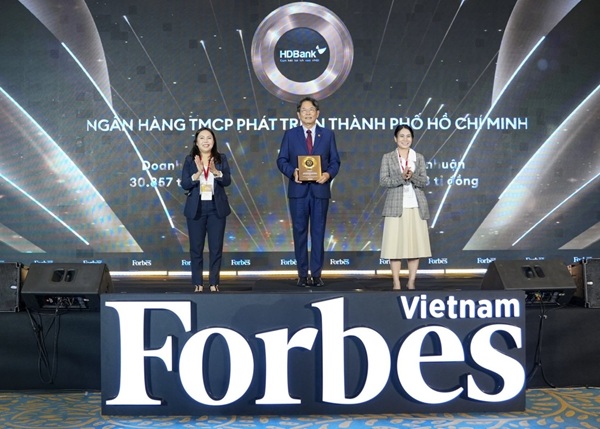


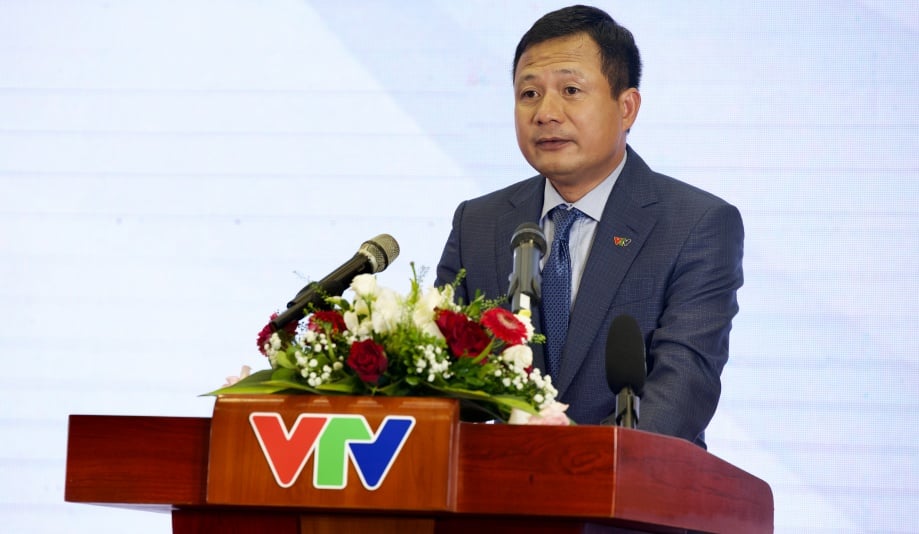
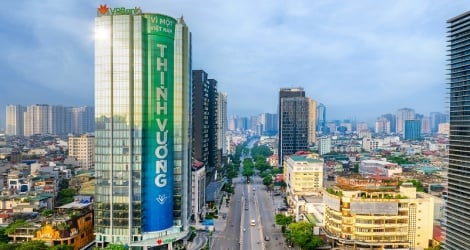

![[Photo] President Luong Cuong attends special political-artistic television show "Golden Opportunity"](https://vstatic.vietnam.vn/vietnam/resource/IMAGE/2025/8/22/44ca13c28fa7476796f9aa3618ff74c4)
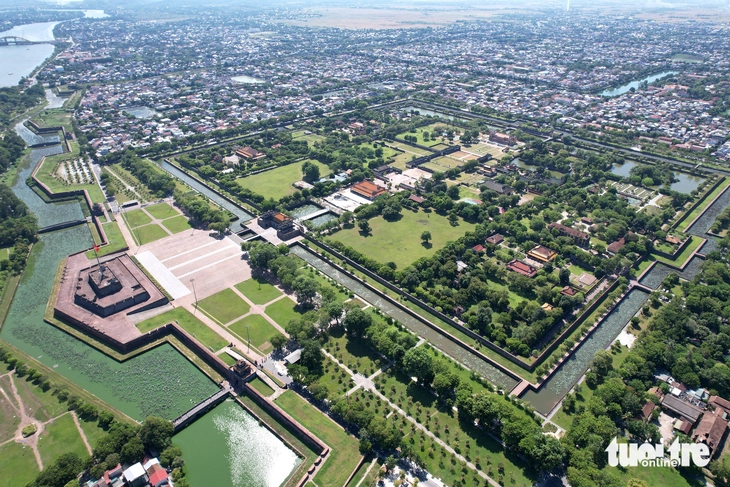


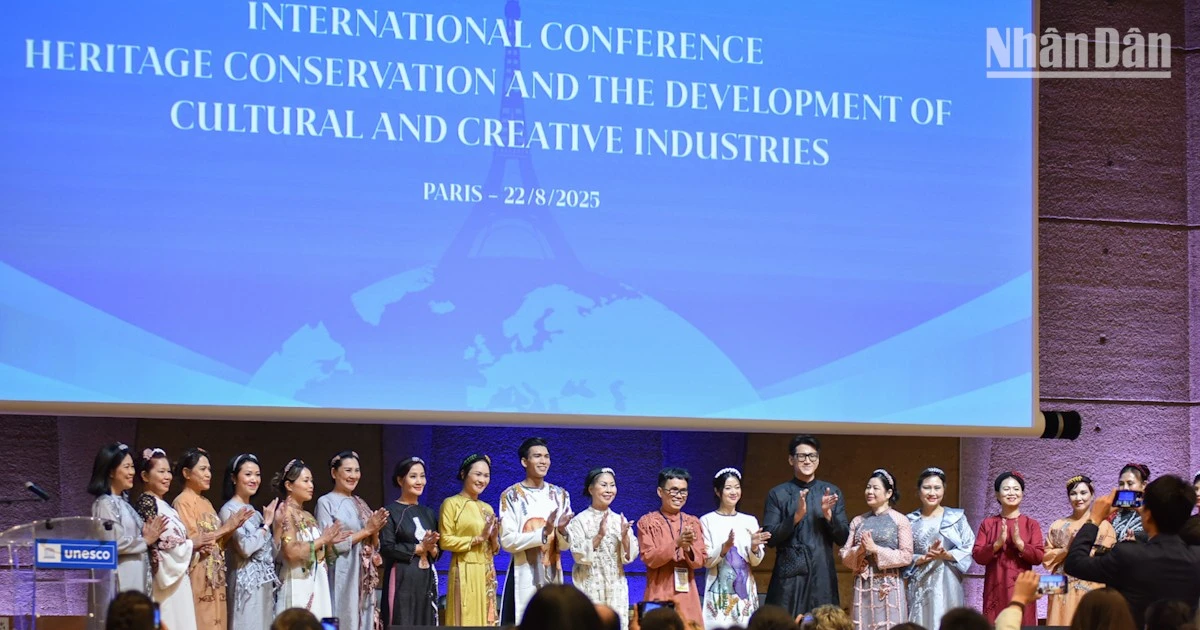






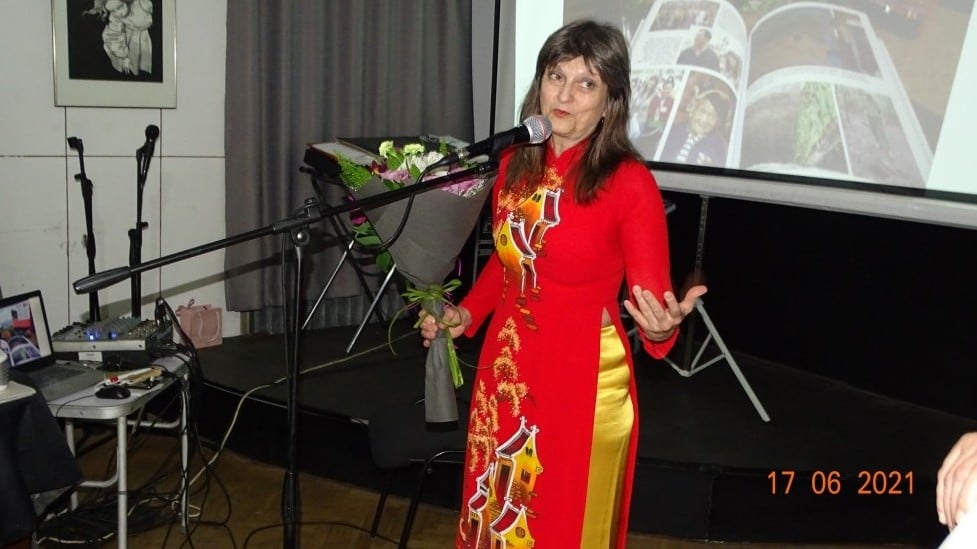










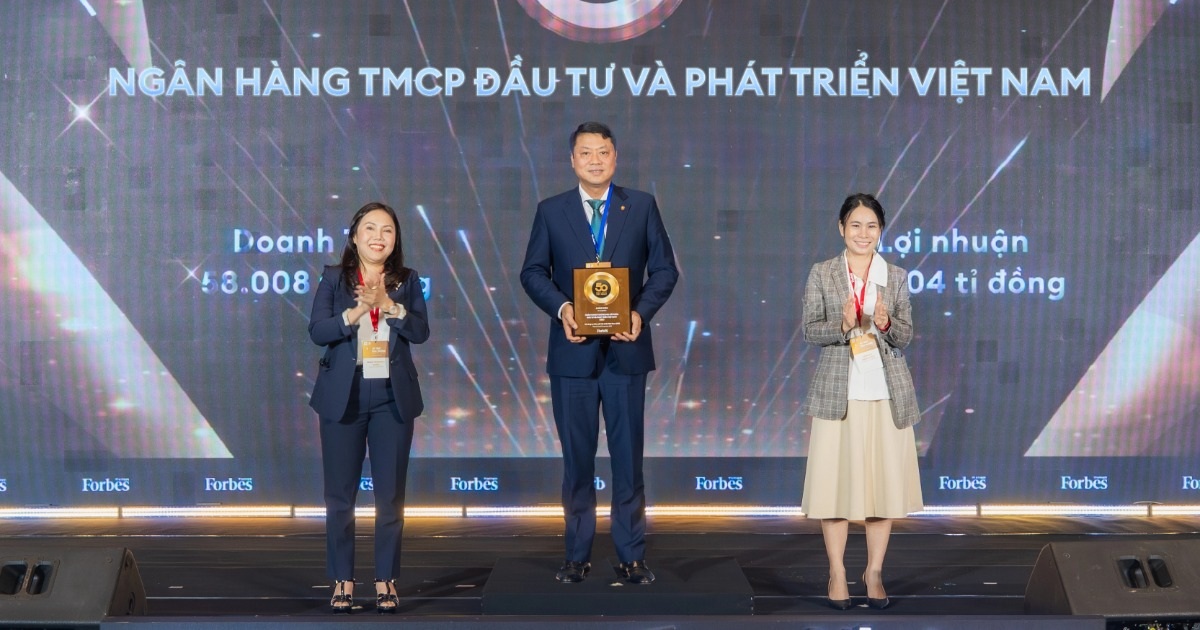
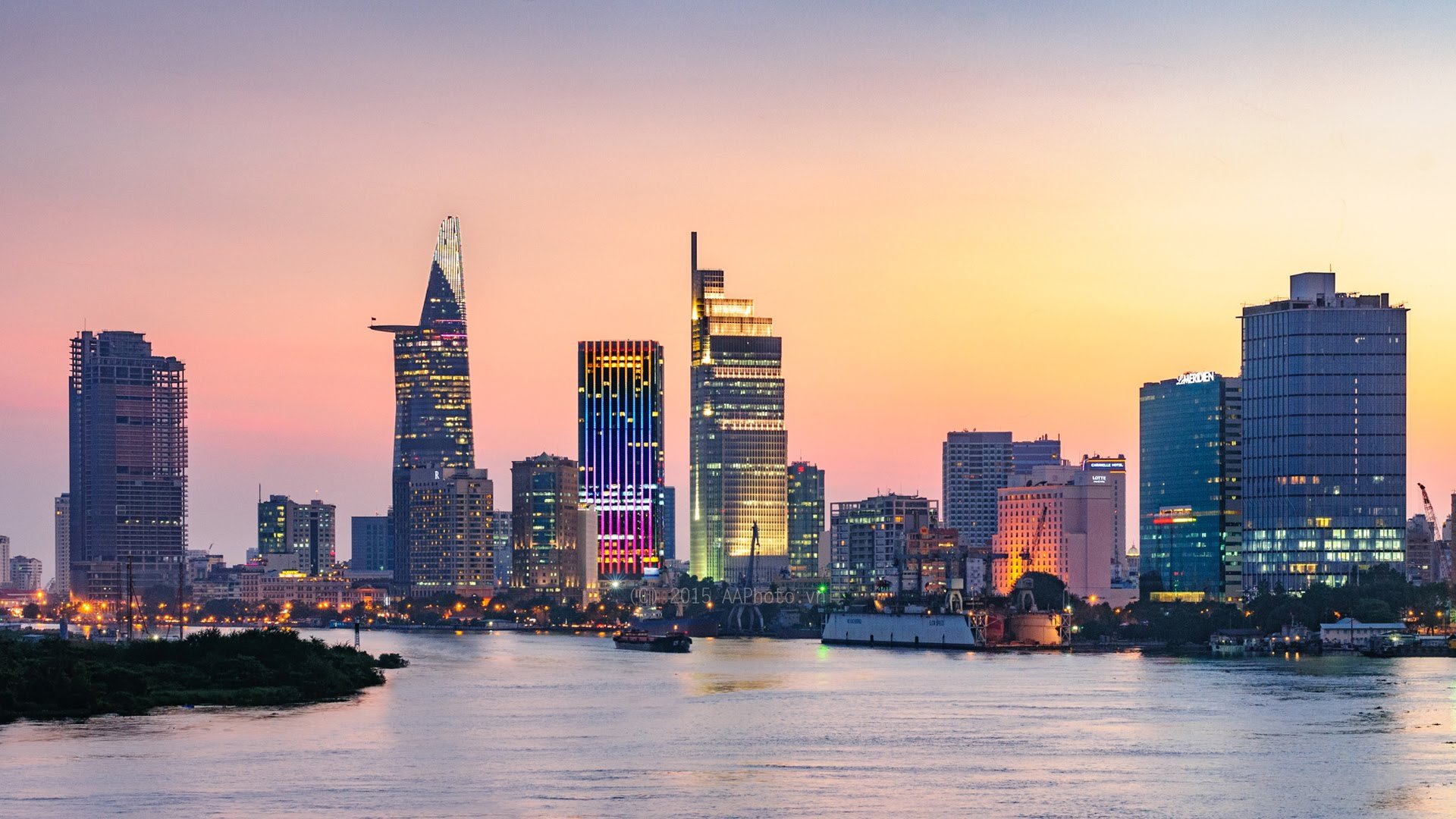



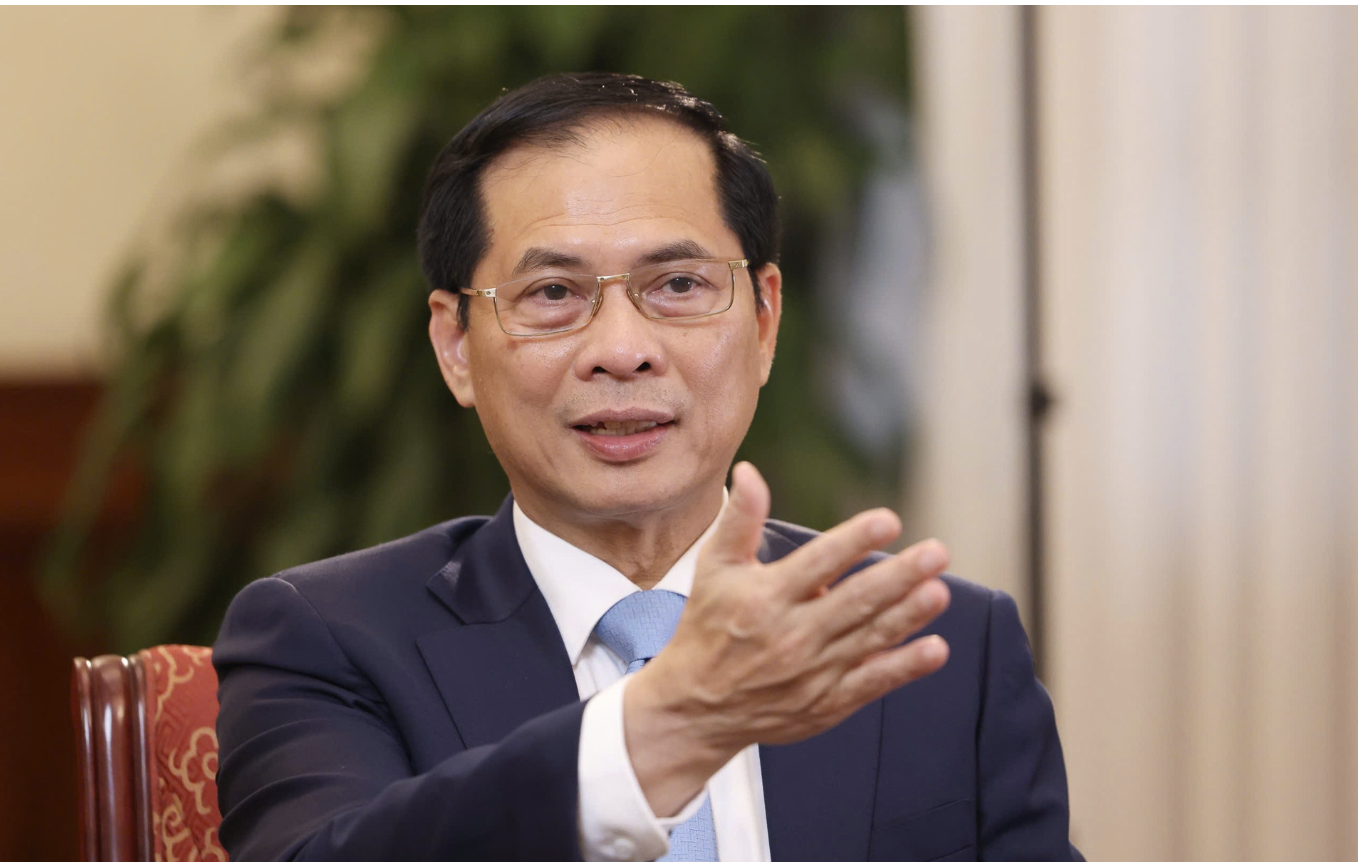

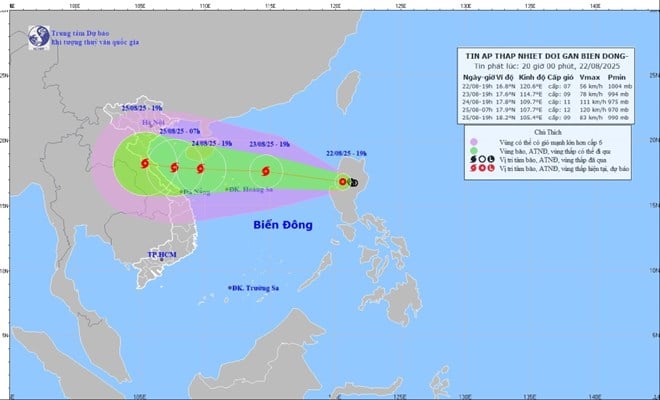
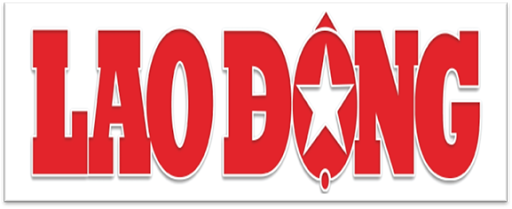
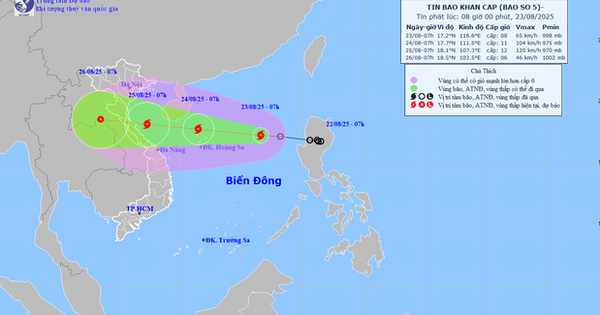

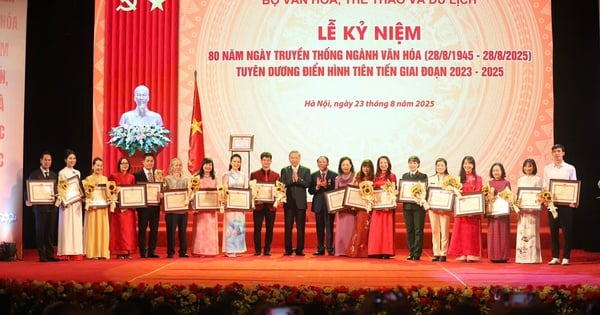


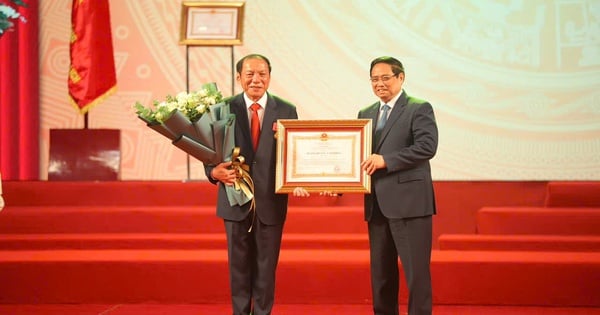
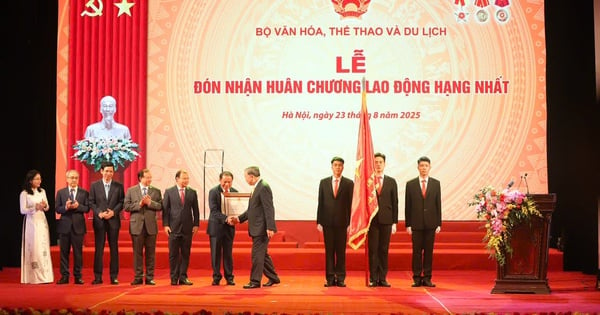
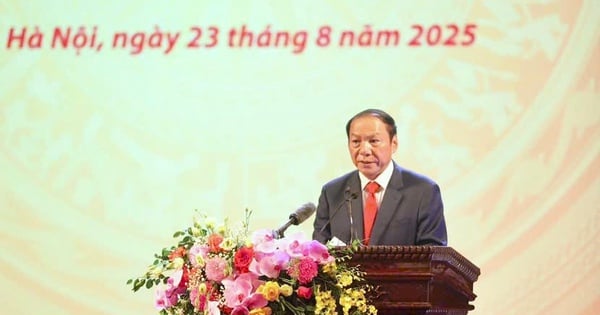
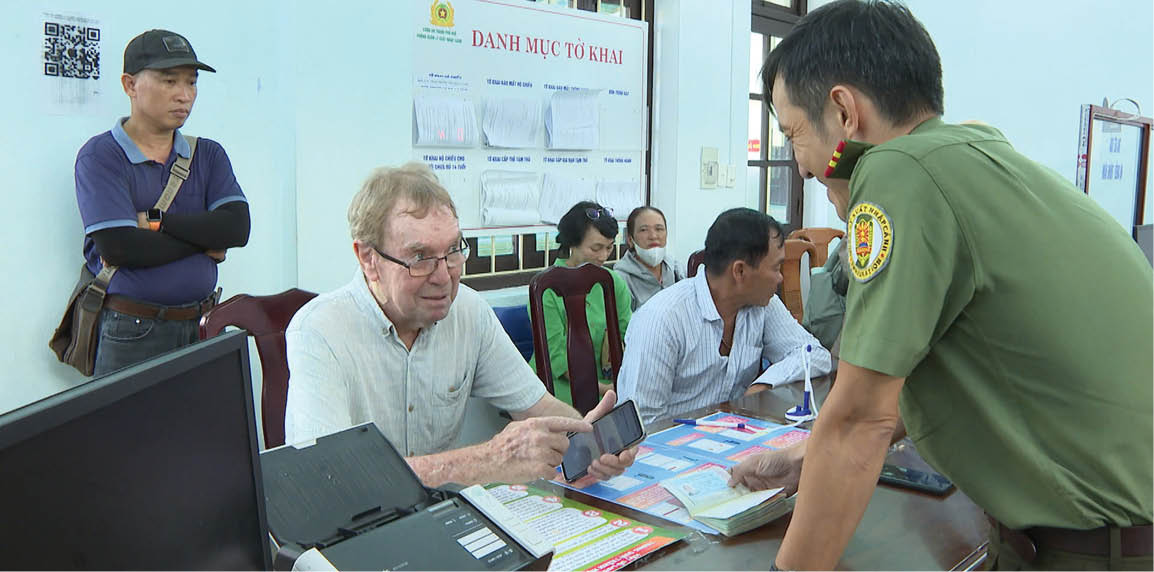


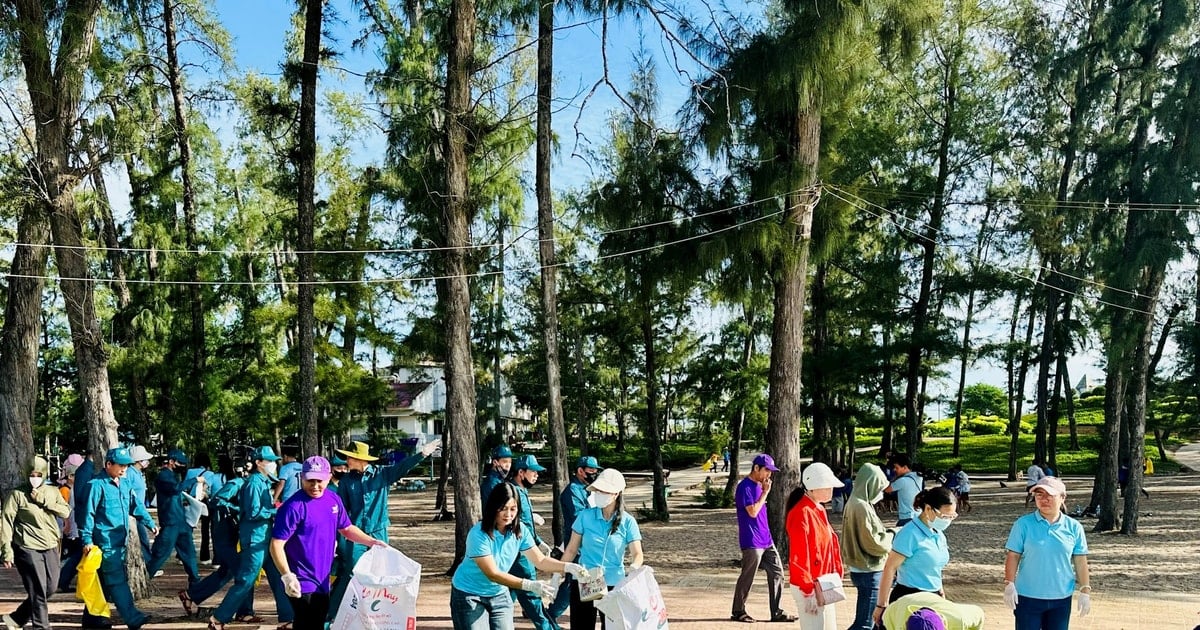



![[Photo series] Close-up of a series of 'huge' aircraft fuel tanks at Long Thanh Airport](https://vstatic.vietnam.vn/vietnam/resource/IMAGE/2025/8/23/36dd3d00663540209336017dafb42441)
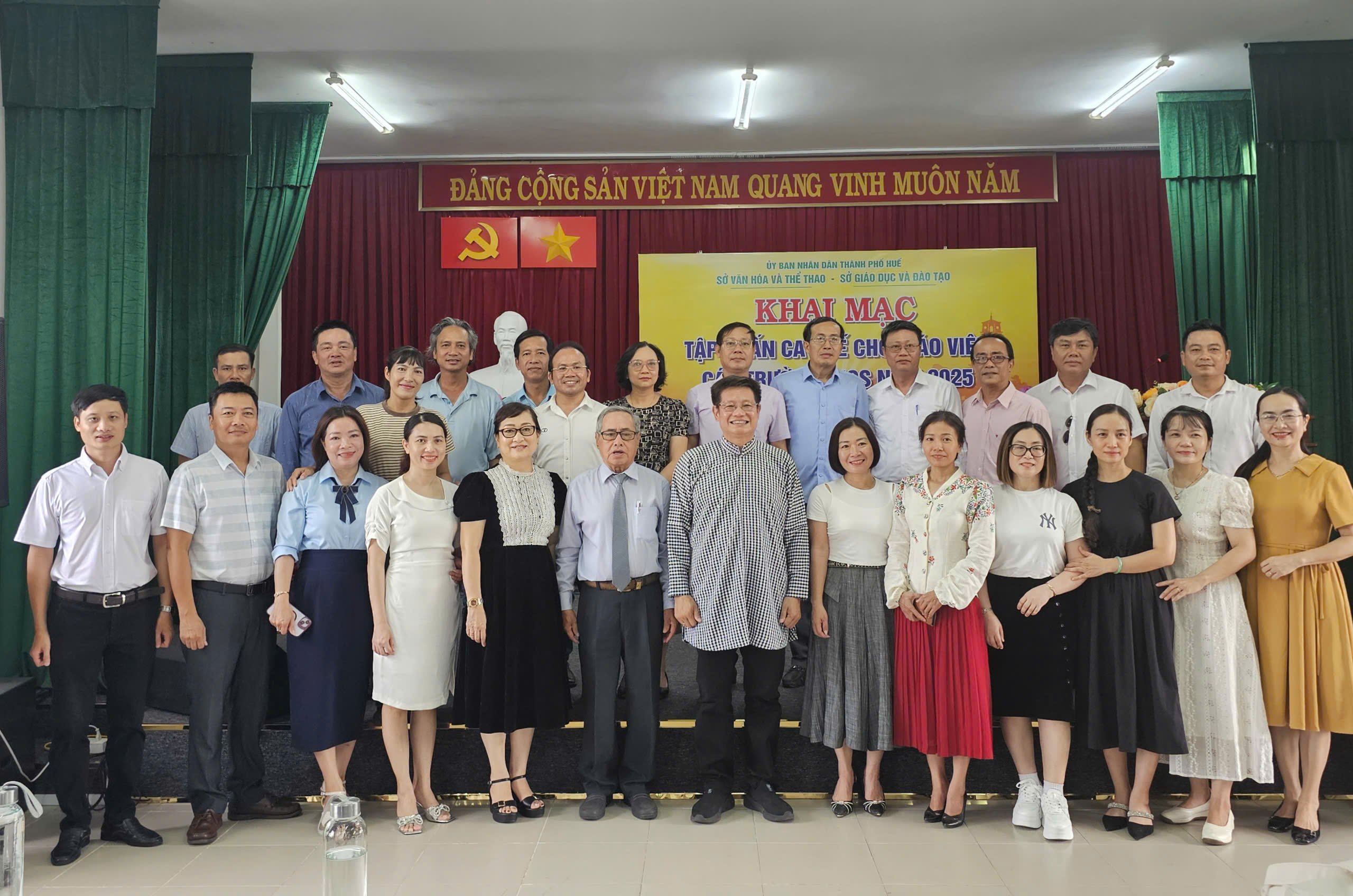
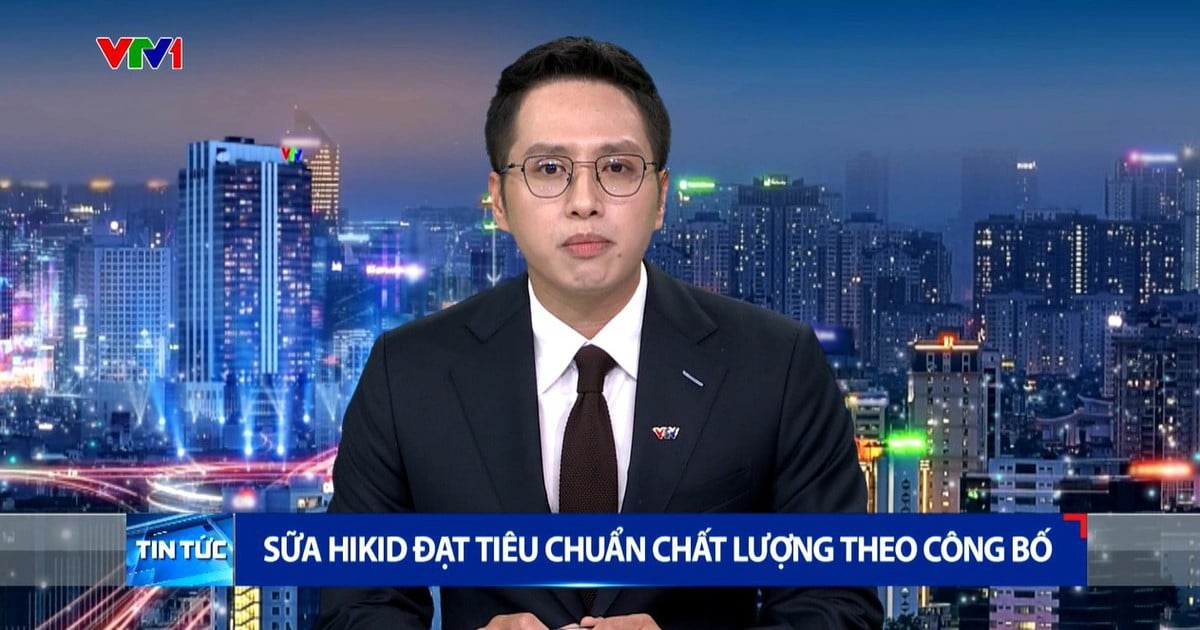
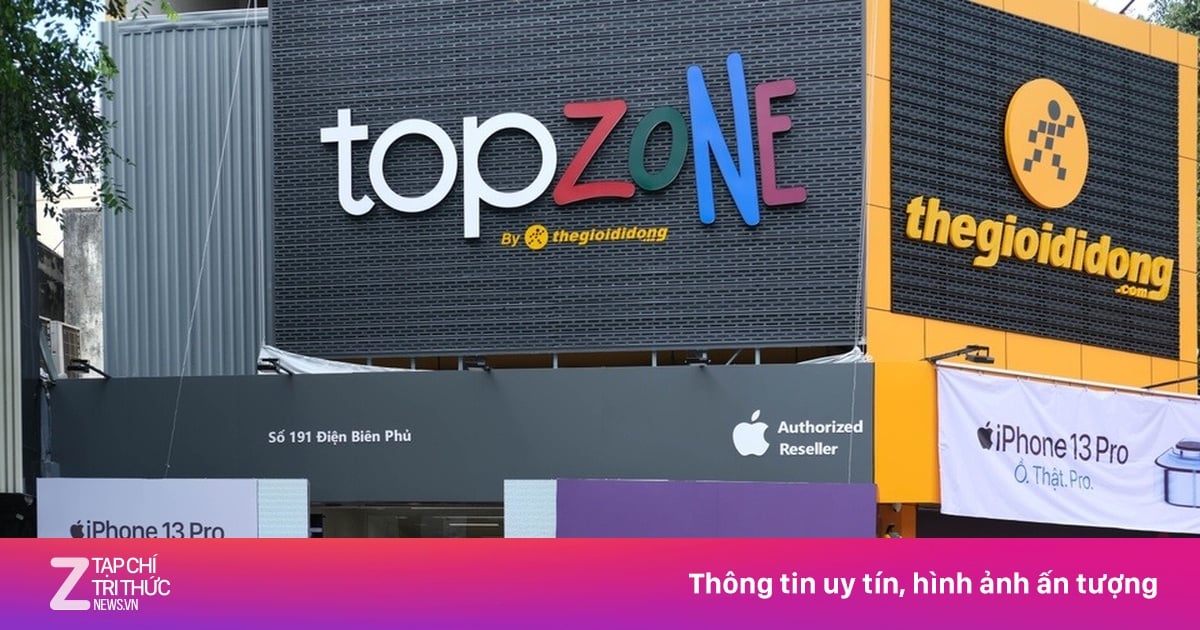


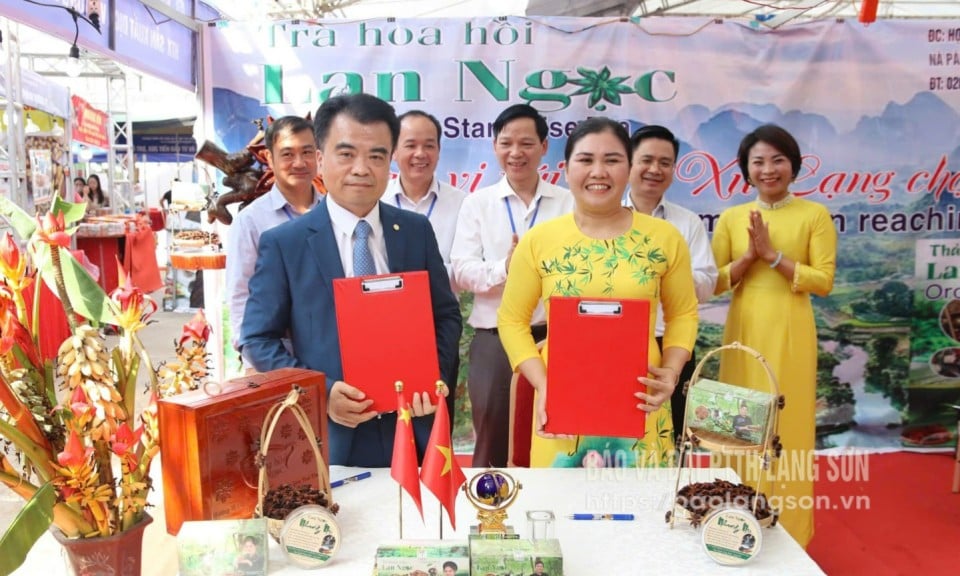









Comment (0)